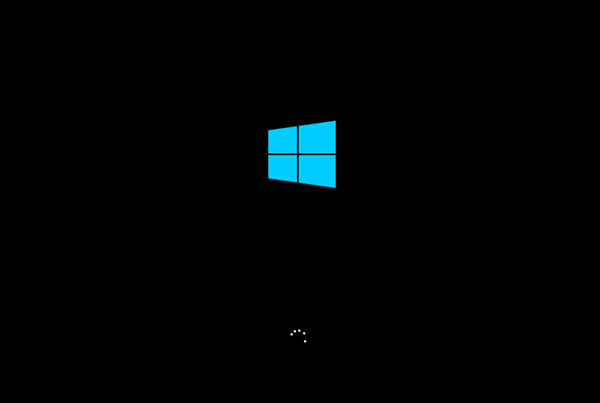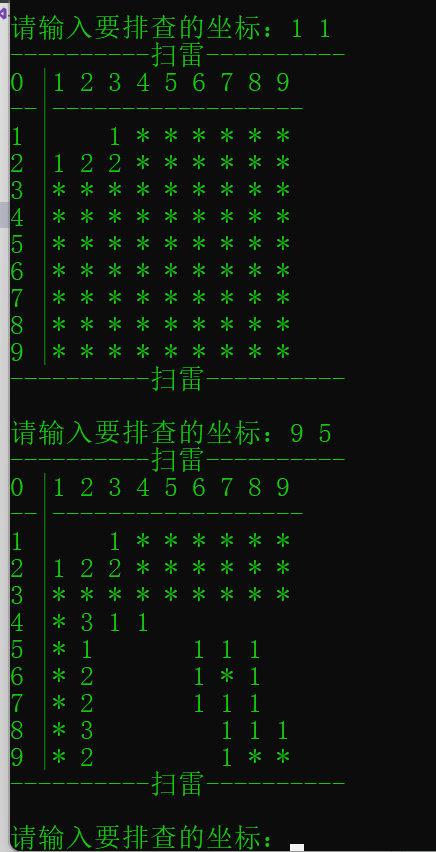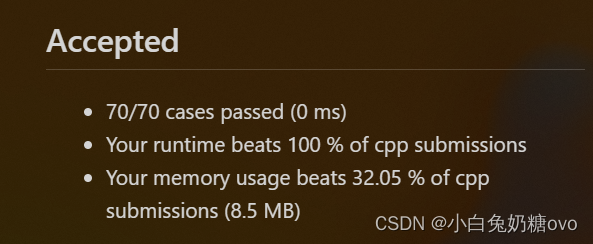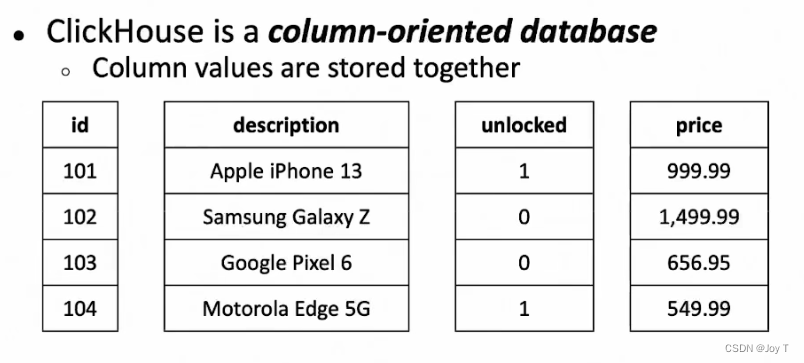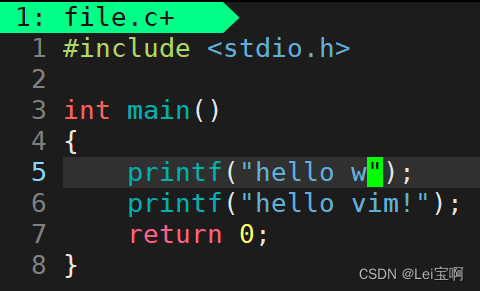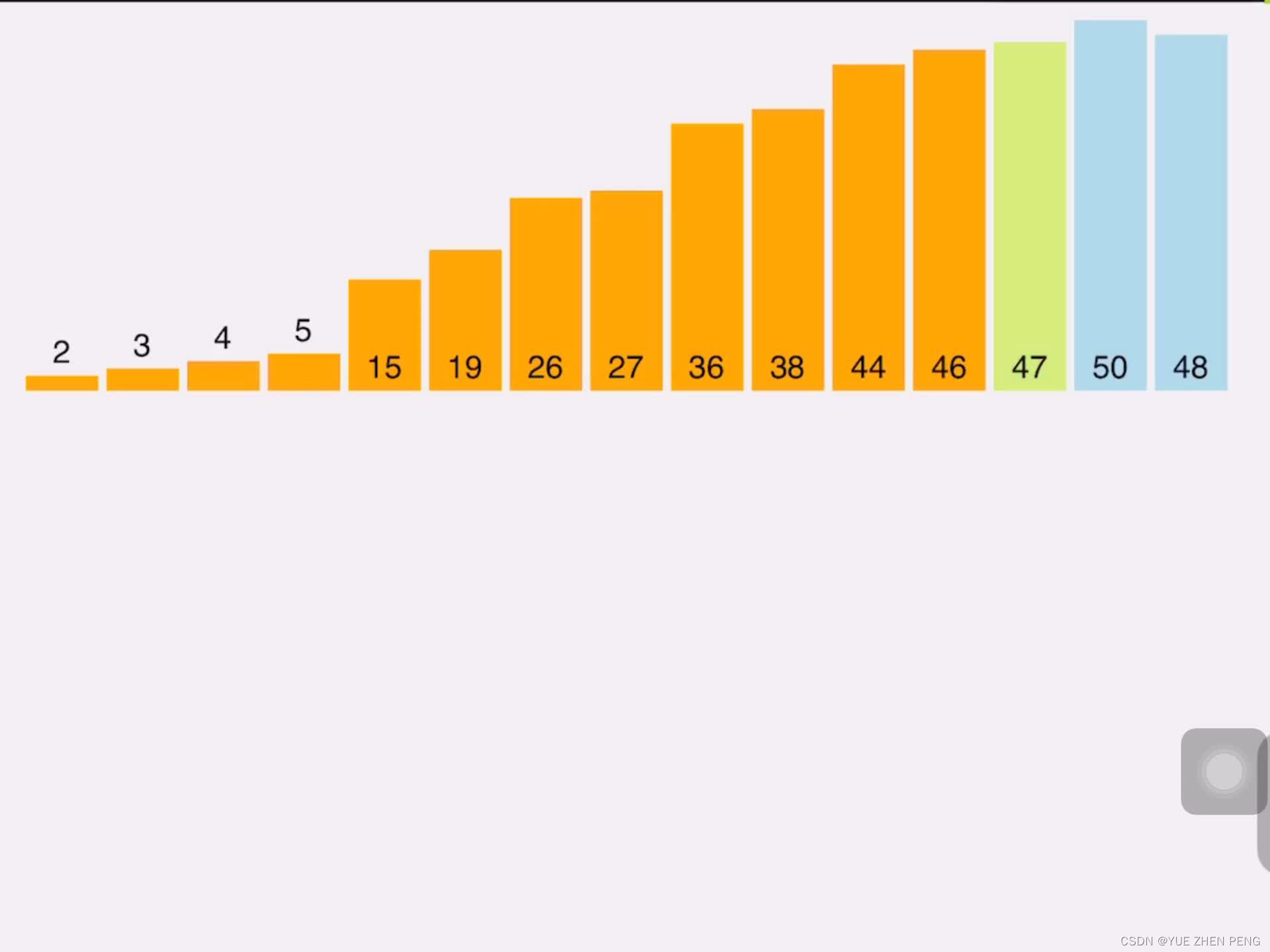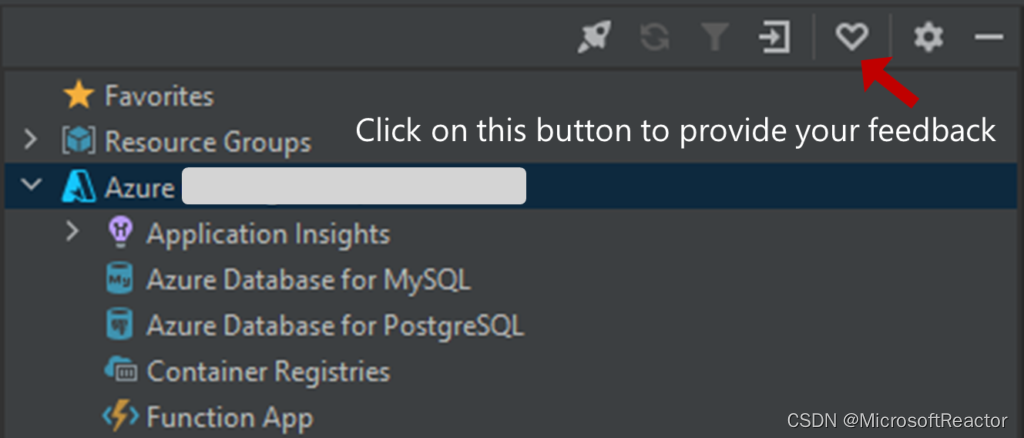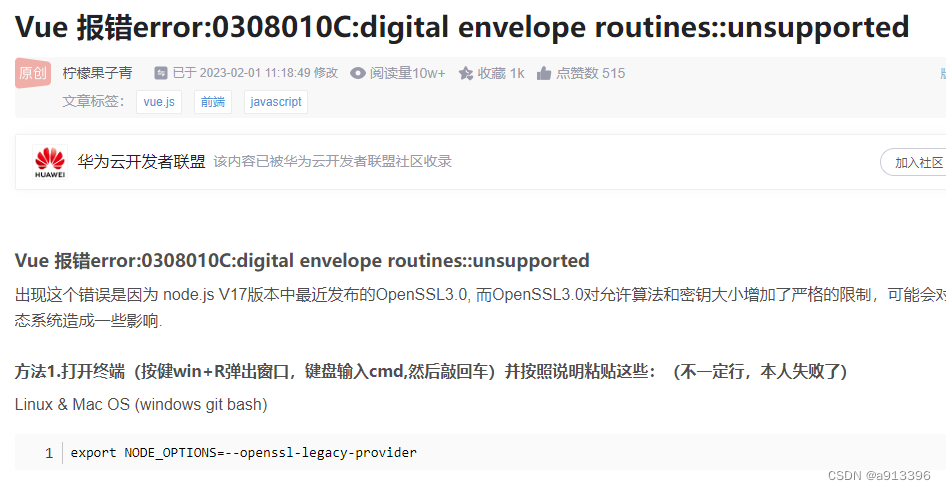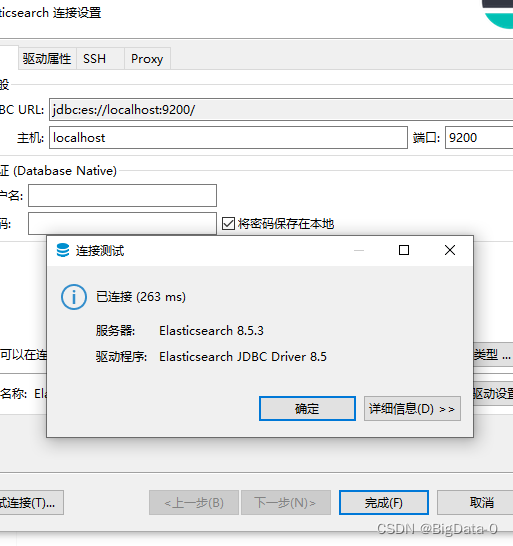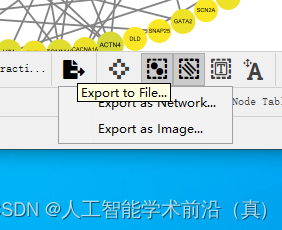输入输入模块(Input/Output Modules,简称I/O模块)是产业自动化和掌握体系中的症结组件,用于衔接传感器、履行器和掌握装备,以兑现数据收罗、监测和掌握。以下是输入输入模块的一些主要特征:
-
多通道输入和输入: I/O模块通常具备多个输入通道和输入通道,许否衔接多个传感器和履行器装备。
-
模块化计划: I/O模块通常采取模块化计划,否以或许根据须要增加或简略模块,以顺应不同运用的需要。
-
多种输入类别: I/O模块支撑不同类别的输入旌旗灯号,包含数字输入(开关旌旗灯号)、模拟输入(传感器丈量值)和特殊输入(编码器、计数器等)。
-
多种输入类别: I/O模块也支撑不同类别的输入旌旗灯号,包含数字输入(掌握开关或继电器)、模拟输入(掌握调节阀或机电速率)和特殊输入(PWM、DAC等)。
-
实时性: 模块通常否以或许实时收罗和输入数据,以保证快速相应和实时监测。
-
通讯接口: I/O模块通常支撑各种通讯接口,如现场总线(Fieldbus)或以太网,以兑现与其他掌握体系的衔接和数据同享。
-
否编程性: I/O模块通常具备否编程功效,否以或许设置装备摆设输入输入通道的操纵形式和触发前提。
-
数据处置惩罚和变换: 这些模块通常否以或许处置惩罚和变换输入数据,如单元变换、线性化和滤波。
-
毛病检测和报警: I/O模块通常否以或许检测装备或通讯毛病,并天生报警,以启示操纵员或保护职员。
-
安全性: 安全性是输入输入模块计划的症结存眷点,以保证数据完整性和体系否靠性。
-
扩展性: 模块具备否扩展性,许否用户根据须要增加额外的通道或功效。
-
灵活性: 输入输入模块通常具备高度的灵活性,许否用户设置装备摆设不同的输入输入通道和操纵形式,以餍足特定运用的需要。
-
易于保护: I/O模块通常易于保护和改换,以保证体系的长期性能。

 Input/Output Modules (I/O modules) are the key components in industrial automation and control systems, used to connect sensors, actuators, and control equipment to achieve data collection, monitoring, and control. The following are some of the main features of the input module:
Input/Output Modules (I/O modules) are the key components in industrial automation and control systems, used to connect sensors, actuators, and control equipment to achieve data collection, monitoring, and control. The following are some of the main features of the input module:
Multi channel inputs and inputs: I/O modules typically have multiple input channels and input channels, which may be connected to multiple sensor and actuator devices.
Modular plan: I/O modules usually adopt a modular plan, and may be added or simplified as needed to meet the needs of different applications.
Multiple input categories: The I/O module supports different types of input signals, including digital inputs (switch signals), analog inputs (sensor measurements), and special inputs (encoders, counters, etc.).
Multiple input categories: I/O modules also support different types of input signals, including digital inputs (controlling switches or relays), analog inputs (controlling regulating valves or electromechanical rates), and special inputs (PWM, DAC, etc.).
Real time: Modules usually collect and input data in real time to ensure rapid response and real-time monitoring.
Communication interface: I/O modules typically support various communication interfaces, such as Fieldbus or Ethernet, to facilitate connection with other master systems and data sharing.
Non programmability: I/O modules typically have non programmability, which allows for the manipulation and triggering of equipment input channels.
Data processing penalties and transformations: These modules typically fail to handle penalties and transformations of input data, such as unit transformations, linearization, and filtering.
Fault detection and alarm: I/O modules usually fail to detect equipment or communication faults and generate alarms to inspire operators or protect personnel.
Security: Security is a critical point of input module planning to ensure data integrity and system reliability.
Scalability: Whether the module has scalability, allowing users to add additional channels or functions as needed.
Flexibility: Input and output modules typically have a high degree of flexibility, allowing users to set up different input channels and control forms to meet specific application needs.
Easy to protect: I/O modules are usually easy to protect and replace to ensure the long-term performance of the system.
